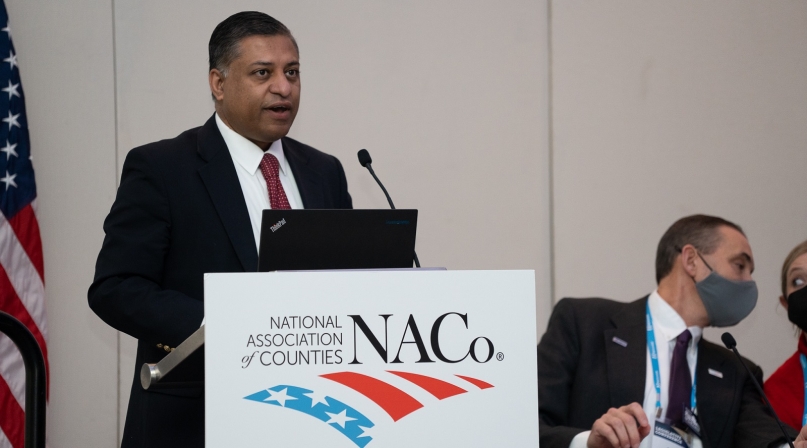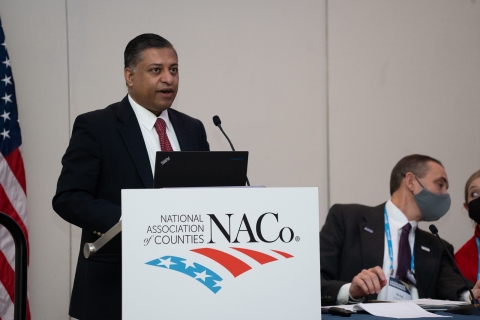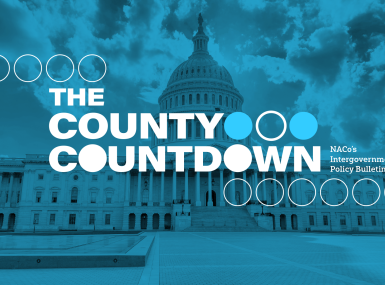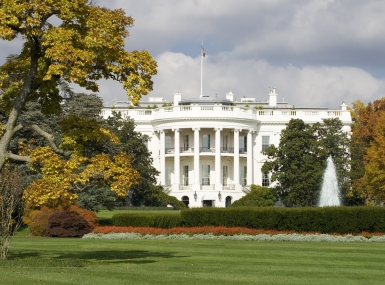New drug czar previews Biden administration plan

Key Takeaways
Lost amid the undulating COVID-19 infection and death charts was a grim milestone in the United States’ battle against the opioid epidemic.
In the 12 months ending April 2021, the country saw 100,000 overdose deaths.
“That means that an American is perishing from an overdose every five minutes, around the clock,” Rahul Gupta told the Rural Action Caucus Feb. 13. “We’re talking about the tip of the iceberg.”
Gupta, who was confirmed in November as director of the White House Office of National Drug Control Policy, reflected on the grim odds, but pivoted toward a chance for optimism. The ONDCP coordinates a budget of $40 billion across 18 different federal agencies.
“As we’re facing this serious challenge, we also have a unique opportunity to address this problem head-on, to create a treatment infrastructure like never before,” he said. “But we have to work together on the local, state and federal levels. We can’t get this done otherwise.”
The Biden administration is preparing to release its inaugural drug control policy, and Gupta gave a few hints as to what it would include:
-
Increased availability of Naloxone, which can reverse the effects of an opioid overdose, noting that two-thirds of overdose deaths happened in situations where Naloxone would have helped.
-
Standardized data-keeping to measure the problem and progress, because overdose data isn’t captured the same way in all situations. “We have to start holding ourselves accountable. We’ve done it with strokes and heart disease. Data will help us figure out where to concentrate efforts.”
-
Cracking down on illicit finances of organized crime involved in drug trafficking. “We have to go after those who finance drugs. We need new authorities to go after transnational organizations.”
-
Meeting people where they are, including offering harm-reduction services and removing barriers for treatment
-
Fighting stigma. “Not getting help when you need help,” is a surefire way to grease the rails for continued opioid abuse and dependency. This includes making treatment easier to find.
“Every life is valuable and worth saving,” Gupta said. “You can see on [a map that illustrates overdose rates] that there are a lot of communities that are suffering through overdoses and overdose deaths. We have to create a treatment infrastructure because believe me, it isn’t there today.”

Attachments
Related News

County Countdown – Dec. 15, 2025
Every other week, NACo's County Countdown reviews top federal policy advocacy items with an eye towards counties and the intergovernmental partnership.
Stretching small opioid settlement allocations helps funding do more
States and localities are set to receive $56 billion in opioid settlement dollars over an 18-year period, but not every county that receives settlement funding will get enough to build out infrastructure.

